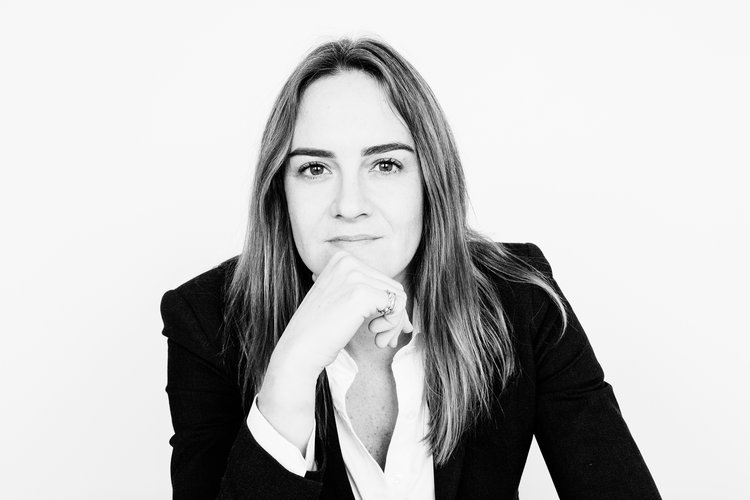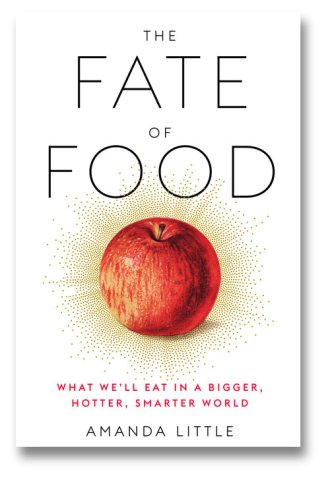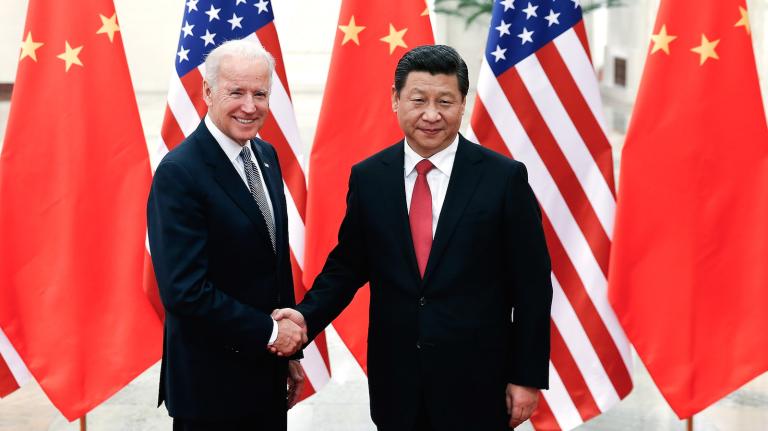When journalism professor (and former Grist staffer) Amanda Little set out to write a book about the future of food, she figured it would take a year, maybe two. It ended up taking five.
“The central question I was asking is, how do we feed a hotter, more crowded world?” she says. “But the question kept leading to other questions, like, are we facing the end of animal meat? Will we need GMOs and gene-editing tools to help adapt to environmental pressures? Can we build a drought-proof water supply? How do we get chemicals out of the food system? How do you make sustainable food not elitist?”
Her search for answers took her around the world, into the middle of a nasty debate over how our food should be produced, and to a bunch of places that, frankly, made her squirm. “I had to look at things like GMOs and laboratory meats — things that don’t seem like part of a food future that I want to inhabit,” she said. “I needed to get a better understanding of whether some of these things will need to be part of a realistic set of solutions for climate-smart, resilient food production.”
The conclusions she reached, just published in The Fate of Food: What We’ll Eat in a Bigger, Hotter, Smarter World, might surprise you — and they’re becoming more relevant by the day. “Climate change is literally a kitchen table issue,” Little said. “The main way that most people on planet Earth are going to experience climate change is through its impact on food.”

Photo by Heidi Ross
Little spent some time on the bat phone with us last week. Here are a few snippets of what she told us, edited for length and clarity:
On eating meat:
I grew up in a household where fish and chicken were regarded as vegetable matter. I once tried to be a vegan. I literally would dream and sort of hallucinate about meat. It was 67 days into my stint as a vegan, and I just became an uncontrollable starved hyena. I just tore through this plate of carne asada tacos, and felt an amazing, indescribable euphoria. And I just was like, wow, this does not bode well.
On veganism:
The way we think about veganism, and the notion that that’s the only way to have a sustainable diet is, I think, displaced from reality. It’s displaced from agricultural traditions around the world. And it’s certainly displaced from the reality of many of my neighbors in Nashville, who might consider shooting you between the eyes if you told them to become a vegan.
On why she wrote this book:
I was a failed vegan, a failed vegetarian, a very bad backyard farmer, and I began to wonder, how are we going to solve the problems in our food system if we can’t rely on a critical mass of backyard-farming vegetarians to solve this from the ground up? I had dinner with Michael Pollan and asked that question: “I love your message that we should eat food, not too much, mostly plants. The problem is, I’m not very good at that.” This challenge of building a sustainable food system that’s not just ecologically optimal, but also equitable and achievable, just felt so out of reach to me.

On eating duck meat grown in a lab:
I’ve probably had duck like twice, but it was smothered in Peking sauce, so it’s hard for me to know exactly what duck meat is supposed to taste like. It tasted not all that different from most sort of chickeny products. The main thing is that it chewed like meat — I had to put my jaw into it.
On watching lab-grown duck muscle twitch under the microscope:
Seeing that was so bizarre to me — and also weirdly hopeful. When you begin to learn the science of it, it’s just not that weird. Cells naturally replicate. They’re not morphing into something that’s not a natural tissue, they’re just not tethered to a sentient being. It’s so much more unsettling to think about what happens in a slaughterhouse — not just the actual animal slaughter, but the contamination of meat, the environmental implications of growing that meat — than it is to think about growing tissues in a sophisticated crockpot.
On the divided factions of the food debate:
I remember reading this quote from Bill Gates. He said: “Food is ripe for reinvention.” That phrase really struck me because on the other hand, you have concerned food citizens saying, “I want my food de-invented, thank you very much.” It seemed to me that it wasn’t serving us well to have this debate in these very absolutist terms, like, either it’s going to be no technology, or all technology. It seems that it would be essential to have a synthesis of these two sides. And as I reported this book, the most exciting new approaches to food production have a deep reverence and deference to traditional approaches to agriculture. In fact, technology can be used not to destroy sustainable food systems, but to support and elevate them.
On the most inspiring work she encountered:
It was in a field in Arkansas, where I watched the maiden voyage of this robotic weeder. To see the machine learn from its mistakes, and become more and more effective, just was astounding to me. It can reduce the application of herbicides by 90 percent, because instead of just dumping it on top of all the crops and throughout the entire field, it’s using these very precise applications. Being able to make much smarter decisions about how and when agrochemicals are sprayed opens the possibility of moving beyond monocropping, of bringing intercropping and diverse crops into one field.
On making good food affordable to the masses:
It would be great if we could all eat from small diverse farms. But it’s very difficult to make the food produced on small, diverse, intercropped farms affordable and accessible to 7.5 billion people — or, by mid-century, 10 billion people, especially given all these new climate pressures coming online. So if machines can get smarter, and you can bring some of those principles of agroecology and sustainable agriculture to large scale food production, then you can do affordable foods that are much better for people and the environment.
On what she’ll be serving at Thanksgiving in 2050:
I think I may have a beautiful roasted turkey, but that might be the one animal-derived meat that I have all year. Otherwise, the meat that I feed my family will come from plant proteins or from a lab. Same thing with those heirloom fruits and vegetables that I’d like to be on my table. It’s highly likely that those will have been spliced with genes that enable them to tolerate drought, heat, possibly flooding. The lettuces and berries, and even tomatoes and cucumbers, may have been grown in a [nearby] vertical farm, without soil and sun, rather than being imported from Salinas Valley or Yuma, Arizona.
On whether we can feed 10 billion people:
I’m optimistic, but it was hard-earned optimism. We are living in a time where we can see a threshold beyond which current agricultural practices cannot sustain the human population — and that’s really terrifying. I became very hopeful about some of the solutions, but the more we understand the solutions on the table, the closer we come to understanding how harrowing the problem really is.
On whether she’s got a basement full of freeze-dried chicken pot pies, just in case:
No, I have no survivals foods. I just don’t have the initiative to think that far in advance.




